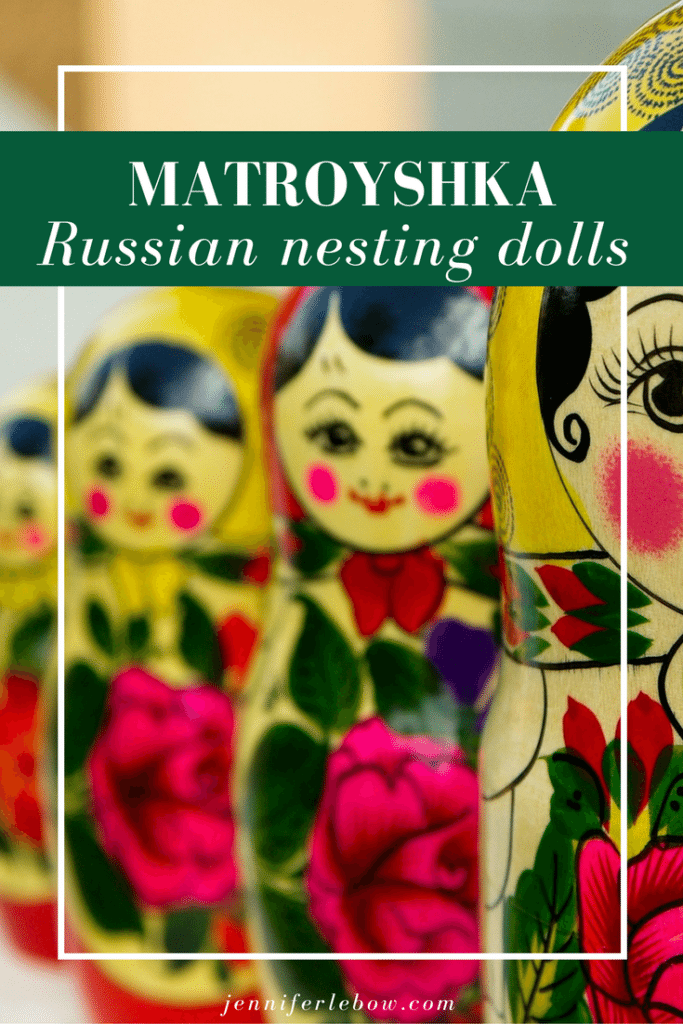
To be honest, living in the Philadelphia metro area, we don’t see a lot of outdoor kitchens as the weather isn’t conducive to using them all that often. However, I do see them sometimes when I’m listing or showing houses and they run the gamut from minimalistic to “over the top”. I read a great article on how to decide which amenities you need and how to design an outdoor kitchen tailored to your individual lifestyle. It advises you to start with answering several questions about how often and what foods you plan to cook outside, how to determine whether your grill should be natural gas, propane or charcoal, how much prep work you’ll do outside (do you need running water?) and how many people will be using the space at one time. Do you need an eating space out there? For how many? The author then tackles the layout of the kitchen and discusses custom vs. pre-fab pieces and the different materials available. She raises questions about whether you’ll need electricity (will you want to plug in appliances out there? have an ice maker?). Different types of cabinetry, from stainless steel to marine grade polymer are available and there are some important considerations for each. She addresses different counter top materials (as well as size) and reviews flooring options–stone? concrete? The article ends with an in depth discussion of different kinds of grills and which features you’ll need. It’s a very thorough article and, should I ever have the opportunity to design and build an outdoor kitchen, I’ll now be better informed about the scope of such a project and just how many decisions need to be made.








